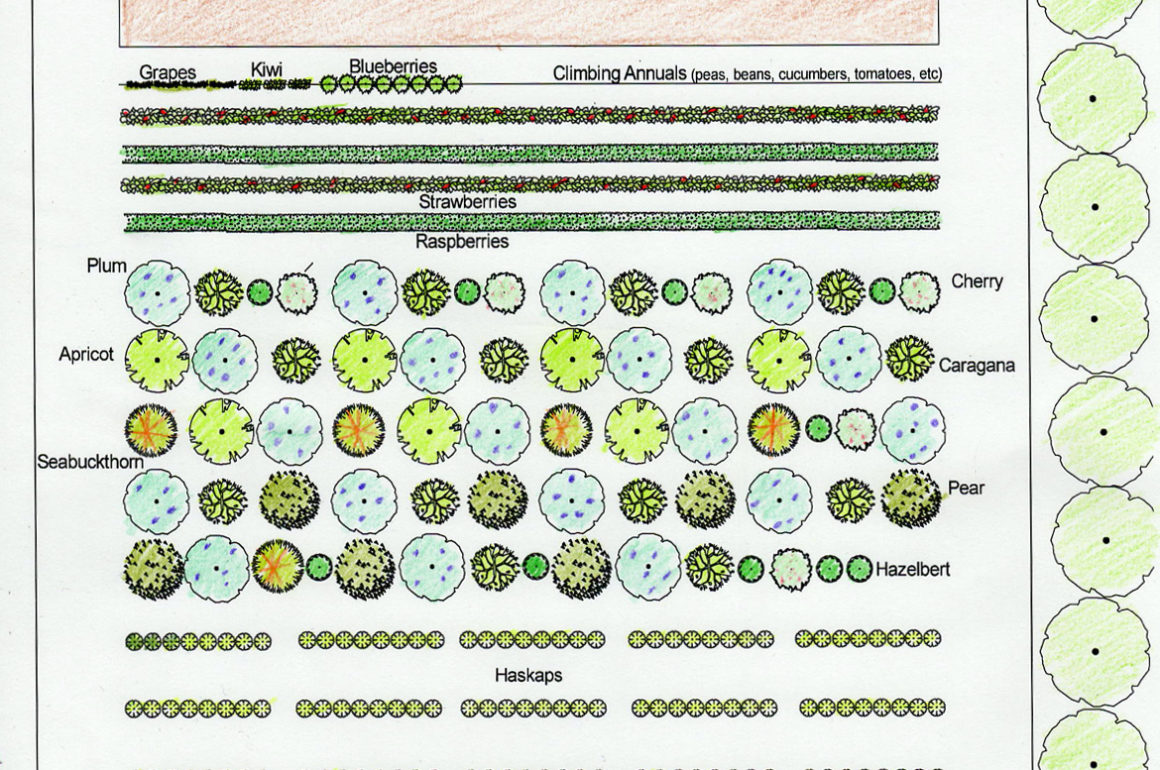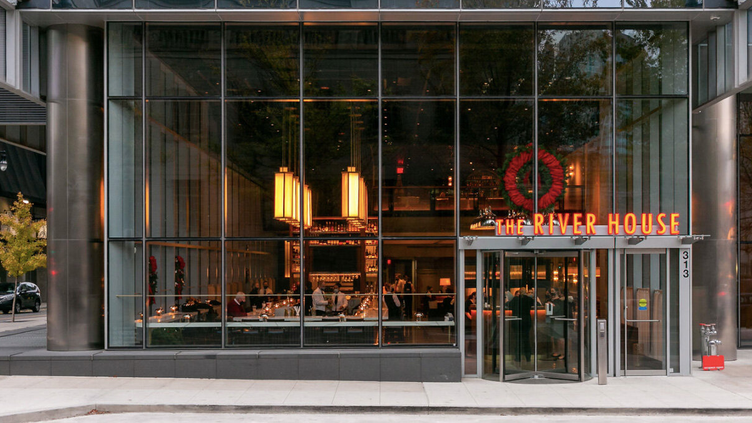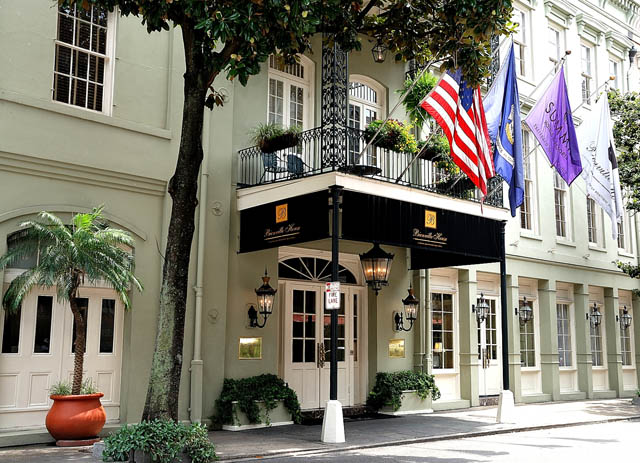Table Of Content

A permaculture orchard often has beehives to add to the productivity of the space. Remember that trees don’t have to go side-by -side in your home orchard. You may have room for a full-sized apple in the corner of the backyard, a dwarf cherry on the side of the house, and a couple of plum trees in the front yard. You might even consider starting some fruit trees, such as figs, in pots. But keep in mind the conditions that trees need ahead of when you’re planting. Not only does this encourage growth, it helps prevent the common fungi that can scar fruit and damage trees.
The 6 Best Tree Species for Planting a Deer Orchard - Outdoor Life
The 6 Best Tree Species for Planting a Deer Orchard.
Posted: Tue, 20 Apr 2021 07:00:00 GMT [source]
Climate and Growing Conditions
This is also the area with all the nutrients (topsoil) and the oxygen. Keep this area moist at all times and really focus on maintaining adequate moisture there. The old adage of forcing the tree roots down deep is just that it is forcing the tree and causing stress. Home orchard trees that are on deep soils can get by with less intensive irrigation management because the tree roots are deeper and there is a buffering capacity for drought stress. Shallow soils need to be managed much more intensely with frequent lighter irrigations.
Multi-Grafted Fruit Trees are Perfect for Small Gardens
We have a pear, an apricot, a plum, a nut (perhaps almond?), and a very productive fig tree that’s our start to a brand new home orchard. Fruit trees can be beautiful, relatively long-lived and hardy, and very practical. You’ll be rewarded with a fruit harvest in Autumn, which you can store or preserve to enjoy fruit throughout the winter months. For that reason, it’s best to begin by asking yourself the following questions. Likewise, by keeping your trees small, you can pack in more varieties within the same space.
Starting a Home Orchard: Plan Ahead
These are excellent places to find information about the trees that might grow successfully in your area but don’t cross the others off your list yet. There are some fruit trees that can be grown in colder climates using non-traditional methods. Try growing dwarf fruit trees or other potted tree varieties; Meyer lemon and Satsuma oranges are two citrus trees that can be grown in colder climates, potted indoors. Trees grown in north-south oriented rows have better light conditions than those grown in east-west rows. Decreasing the distance between rows and increasing tree height also increases light interception. With most tree forms, optimum tree height is half the row spacing plus 3 feet.
Access Paths and Walkways
Creating a permaculture orchard means choosing a blend of food trees and other trees that have value for many purposes. The value lies not just in food production, but in the provision of other resources. For example, lilac trees may be used to attract pollinators, harvest blossom, and to make toiletries using flowers.
Determine How Much Space You Have Available
When the whole area under the trees is irrigated, water can not be saved based on tree size. Water use for a medium sized semi-dwarf fruit tree is about 16 gallons of water per day on a hot summer day on the coast of California without any fog influence (0.25"/day). That same tree in the Sacramento or San Joaquin Valley would be about 19 gallons per day (0.3"/day). Therefore, a tree with two, one-gallon drip emitters on each side would have to be irrigated about 8–9 hours every day. Here’s a guide that’ll help you with designing your permaculture orchard. One of the first steps in the establishment is deciding on the layout of the whole orchard because, of course, you can’t plant trees if you don’t know where to plant them.
For larger fruit trees such as apple or pear trees, a spacing of 20 to 25 feet between trees is generally recommended. This allows ample room for the trees to grow and ensures good air circulation, reducing the risk of disease. On the next blank page of your garden journal, draw the layout of the fruit crops.
By concentrating trees with similar fruiting times, growers can implement targeted pest control measures and avoid the spread of pests or diseases to other zones. This approach minimizes the risk of cross-contamination and facilitates more efficient pest management practices. Many fruit trees these days are helpfully grafted onto special dwarfing rootstocks that make them more manageable for harvesting and maintenance. The variety grafted onto the rootstock also influences the final size of the plant, so do take this into consideration.

Those with good observation skills will know the areas which remain frosty or snow covered after the rest has thawed. Mark these areas out on your map before drawing on the possible positions of trees. This will help you to remember good positioning on the day of planting, which could be several months later.
Production from the farm is sold to member families with the short-term goal of reaching 100 families. Eventually, Stefan understood the limitations of the organic model originating from monoculture. Since 2007, four acres have been converted to a permaculture-inspired “u-pick” orchard. All restricted trees can easily become stressed, so they need to be cared for more than those left to do their own thing. Be prepared to keep a careful eye on watering, feeding and mulching as well as pruning. Another factor to consider when choosing trees for your orchard is the climate in your area.
Once you know which zone your garden falls in, you can select fruit trees that will flourish in that area. Homestead orchards are a great addition to any homestead or farm that wants to become more self-sustaining and produce its own food. When planning and planting an orchard, there are many things to consider.
The plants need time to take root, grow and bear fruit, and can live as long as years. Besides, as you know, uprooting an adult tree and transferring it from one place to another is not a task to be taken lightly. Therefore, in order to avoid taking risks, the secret is to start by designing the orchard with a pencil and paper.
Backyard trees and shrubs are important components of your landscape. This is when you get to dream about all the fruit trees and bushes you would love to have on your homestead. Make a list of all the fruits your family enjoys and the fruits that you use for things (like jam or peach pie ). Trees won’t require much water after planting, though it’s good to ensure they get at least a gallon a week, especially if you live in dry climate. Sunburn can also cause stress to young trees on hot days, so consider painting them with an interior white latex paint diluted 50% with water. Don’t shy away from planting bare root trees, as they actually do better than their potted counterparts at adjusting to new growing zones and are more able to withstand aggressive pruning.
This means you likely won’t be overwhelmed with more fruit than you can handle in any given week. However, learning how to set up a multi-fruit backyard orchard isn’t as simple as plopping some trees in the ground. You’ll need to perform careful planning to set yourself up for success. Do the research now, so you aren’t paying for careless mistakes in the years to come.
These are multiple varieties (typically three) grafted onto a single rootstock. This enables you to enjoy a range of flavors from one plant and ensures you have pollination partners close by. This sounds great, but gardeners who have grown these often say that one variety will tend to outperform the others, so bear that in mind.










